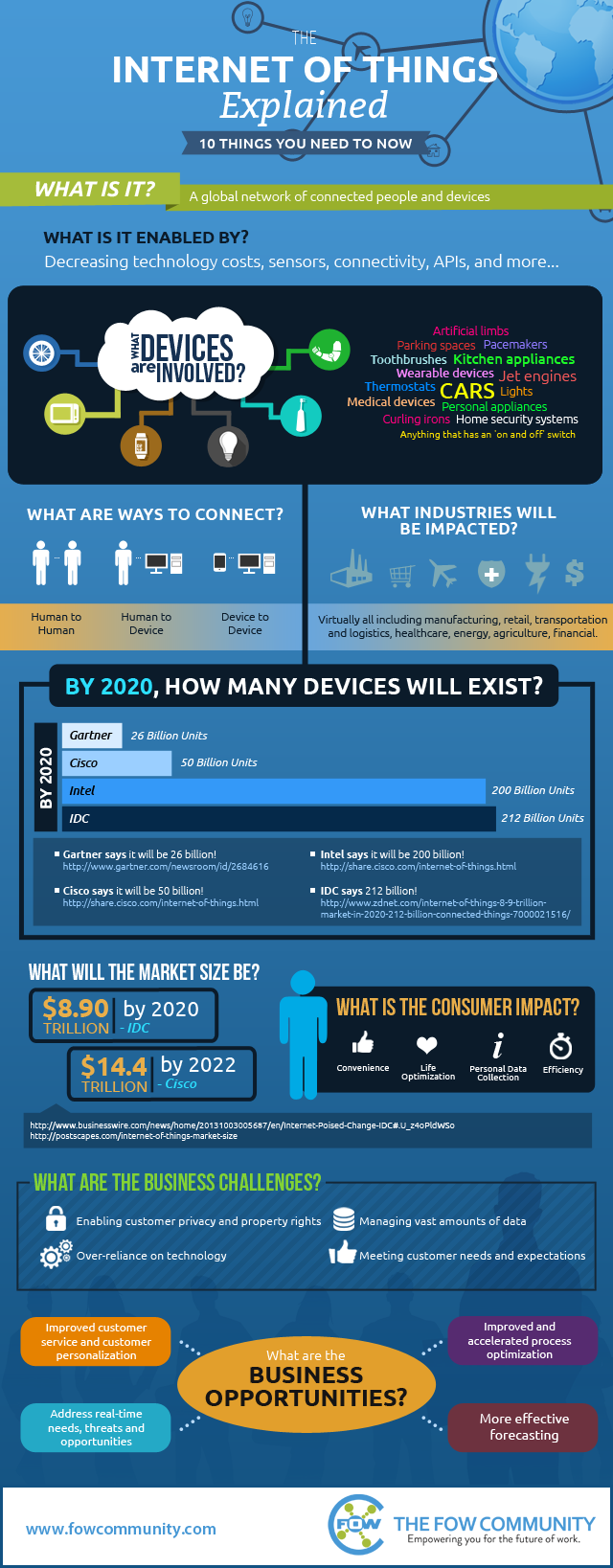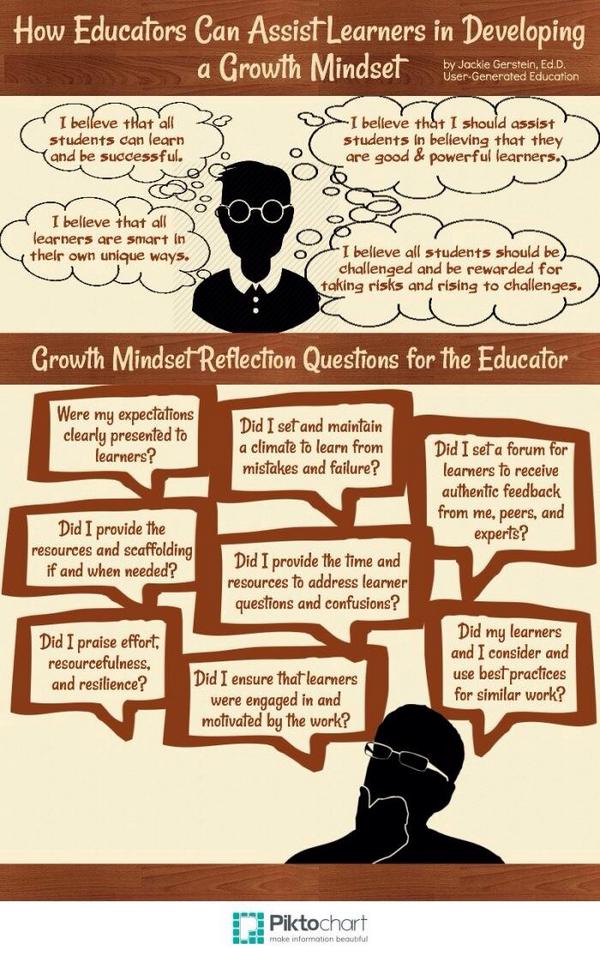How to Trigger Students’ Inquiry Through Projects
via Mindshift
Excerpt from Thinking Through Project-Based Learning: Guiding Deeper Inquiry, published by Corwin, 2013.
When students engage in quality projects, they develop knowledge, skills, and dispositions that serve them in the moment and in the long term. Unfortunately, not all projects live up to their potential. Sometimes the problem lies in the design process. It’s easy to jump directly into planning the activities students will engage in without addressing important elements that will affect the overall quality of the project.
With more intentional planning, we can design projects that get at the universal themes that have explicit value to our students and to others. We can design projects to be rigorous, so students’ actions mirror the efforts of accomplished adults. They will feel the burn as they learn and build up their fitness for learning challenges to come.
There are several ways to start designing projects. One is to select among learning objectives described in the curriculum and textbooks that guide your teaching and to plan learning experiences based on these. Another is to “back in” to the standards, starting with a compelling idea and then mapping it to objectives to ensure there is a fit with what students are expected to learn. The second method can be more generative, as any overarching and enduring concept is likely to support underlying objectives in the core subject matter and in associated disciplines, too. Either way you begin, the first step is to identify a project-worthy idea.
We have condensed the project design process into six steps. After outlining the steps briefly below, we offer examples that show how one might use these steps to develop a germ of an idea into a project plan that emphasizes inquiry. Read the steps and examples all the way through before digging in to your own plan.
Step 1—Identify Project-worthy Concepts
Ask yourself: What important and enduring concepts are fundamental to the subjects I teach? Identify four or five BIG concepts for each subject.
Step 2—Explore Their Significance and Relevance
Now, think: Why do these topics or concepts matter? What should students remember about this topic in 5 years? For a lifetime? Think beyond school and ask: In what ways are they important and enduring? What is their relevance in different people’s lives? In different parts of the world? Explore each concept, rejecting and adding ideas until you arrive at a short list of meaningful topics.
Step 3—Find Real-Life Contexts
Look back to three or four concepts you explored and think about real-life contexts. Who engages in these topics? Who are the people for whom these topics are central to their work? See if you can list five to seven professions for each concept.
With that done, now think: What are the interdisciplinary connections? In what ways might the topic extend beyond my subject matter? For example, if your subject specialty was math and you imagined an entrepreneur taking a product to market, the central work might involve investment, expense, and profit analyses. The project might also involve supply chains and transportation (geography), writing a prospectus for a venture capitalist (language arts), and designing a marketing campaign (language arts, graphic design, technology).
Step 4—Engage Critical Thinking
As you begin to imagine these topics in the context of a project, ask yourself, what might you ask of students? How might you push past rote learning into investigation, analysis, and synthesis? Consider how you can engage critical thinking in a project by asking students to:
- Compare and contrast
- Predict
- Make a well-founded judgment or informed decision
- Understand causal relationships (cause and effect)
- Determine how parts relate to the whole (systems)
- Identify patterns or trends
- Examine perspectives and alternate points of view
- Extrapolate to create something new
- Evaluate reliability of sources
Step 5—Write a Project Sketch
Now, step back and write a project sketch—or two or three. For each, give an overview of the project. Describe the scenario and the activities students are likely to engage in. Anyone reading it should be able to tell what students will learn by doing the project. The process of writing will help you refine your ideas. There are dozens of project sketches in this book (and all are included in the Project Library in the Appendix). Use them as a guide.
Step 6—Plan the Setup
Three small but useful elements are left, and together with the project sketch, they provide a framework for the project. Write a title, entry event, and driving question for your project.
Project title. A good title goes a long way toward anchoring the project in the minds of your school community. A short and memorable title is best.
Teachers at Birkdale School in New Zealand take their projects seriously. They not only provide them with proper names but also fly a special flag in the school’s entry when a new project begins. You might not need to go this far, but a good title conveys a sense of importance and helps make a project memorable. Let these project titles inspire you.
- Lest We Forget—A project involving war memorials in New Zealand
- Mingling at the Renaissance Ball—A social studies investigation that culminates in a celebration of human achievement
- Lessons from the Gulf—A collection of collaborative projects by schools concerned about U.S. Gulf Coast devastation
- AD 1095 and All That—Time-traveling students intervene to stop religious wars in medieval Europe.
- Risk and Reward—Students acting as financial counselors present stock information to clients and advise on investments.
- Stay or Leave?—Students examine economic factors that influence people’s decisions about where they live.
- YouVille—Students explore past civilizations to design their own utopias.
Entry event. Plan to start off the project with a “grabber,” a mysterious letter, jarring “news,” a provocative video, or other attention-getting event. As we discussed in Chapter 4, make sure it is novel (to make students alert) and has emotional significance (to make them care). Read these examples and imagine how your students might respond. Then plan an entry event for your project.
- A newspaper article describes hazards associated with a clinic’s use of poorly refurbished X-ray machines.
- Distraught warrior king Gilgamesh appears in class and appeals to his “subjects” to help him learn why an enemy’s technological prowess in battle outstrips his own.
- A process server slaps student “witnesses” with subpoenas, compelling them to testify in an upcoming trial.
- A letter from an elder describes her desire to capture stories before she and other storytellers are no more.
- A television news story on “designer” babies kicks off an investigation about the ethical implications of genetic manipulation.
- A forest owlet from a wildlife rescue center visits school bringing Owl Mail and asks students to investigate hazards to its survival.
Driving question. Kick off your project with a research question students will feel compelled to investigate. Imagine a driving question that leads to more questions, which, in their answering, contribute to greater understanding. Good questions grab student interest (they are provocative, intriguing, or urgent), are open ended (you can’t Google your way to an answer), and connect to key learning goals.
Consider how to write a good question based on these “remodeled” examples (Larmer, 2009):
- What are archetypes in literature? à To increase relevance, you might ask à How do archetypes inform our culture today?
- What causes tornadoes? à To add context, you might ask à How can we prepare for a natural disaster in our region?
- What are the requirements to sustain life? à To add interest, you might ask àHow can we design a biome that is self-sustaining?
- How can we purify water? à To increase challenge, you might ask à How can we advise a village in the developing world to choose an inexpensive water purification system?
One Last Step
Workshop your project idea, especially at steps 5 and 6. Colleagues, students, parents, and subject matter experts will ask questions that will clarify your thinking and contribute ideas you might not have considered.
For more about the book, check out Suzie Boss’s ISTE presentation.









